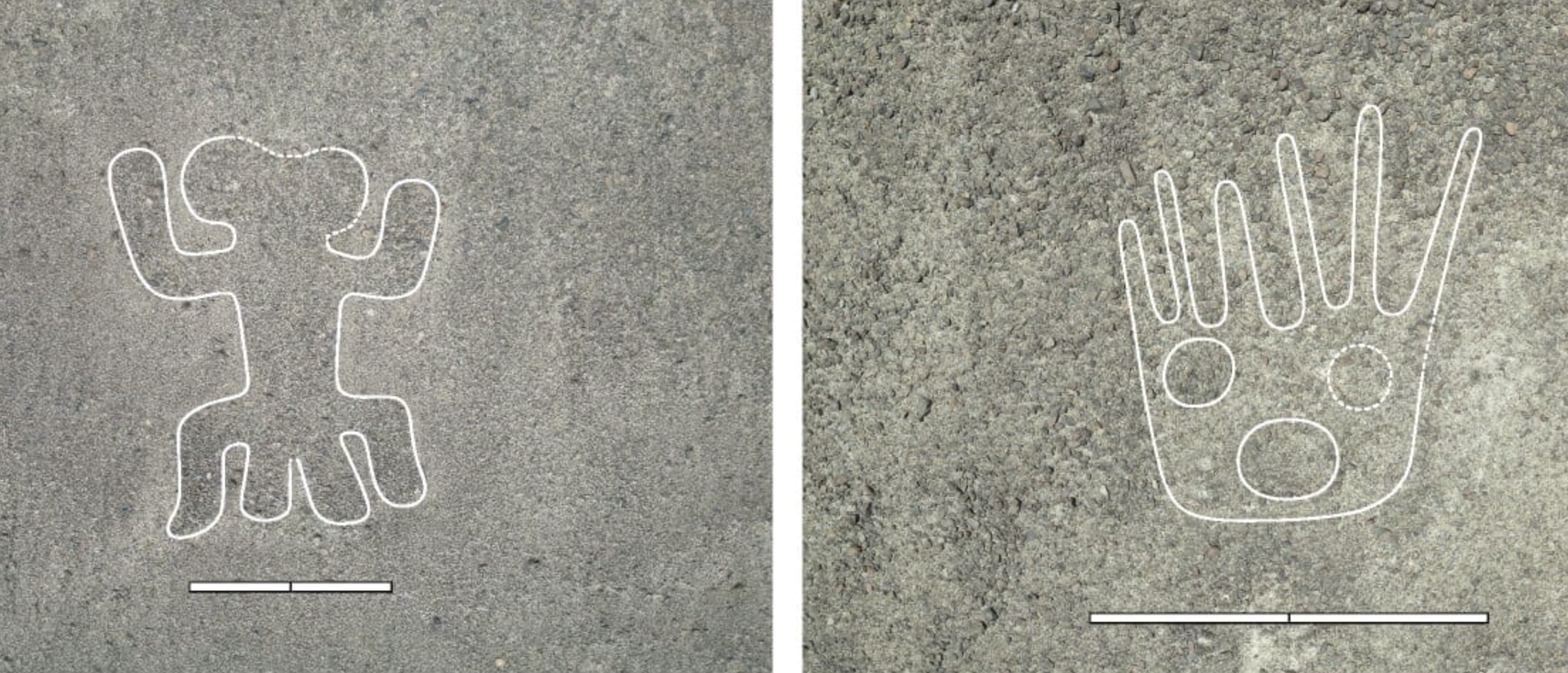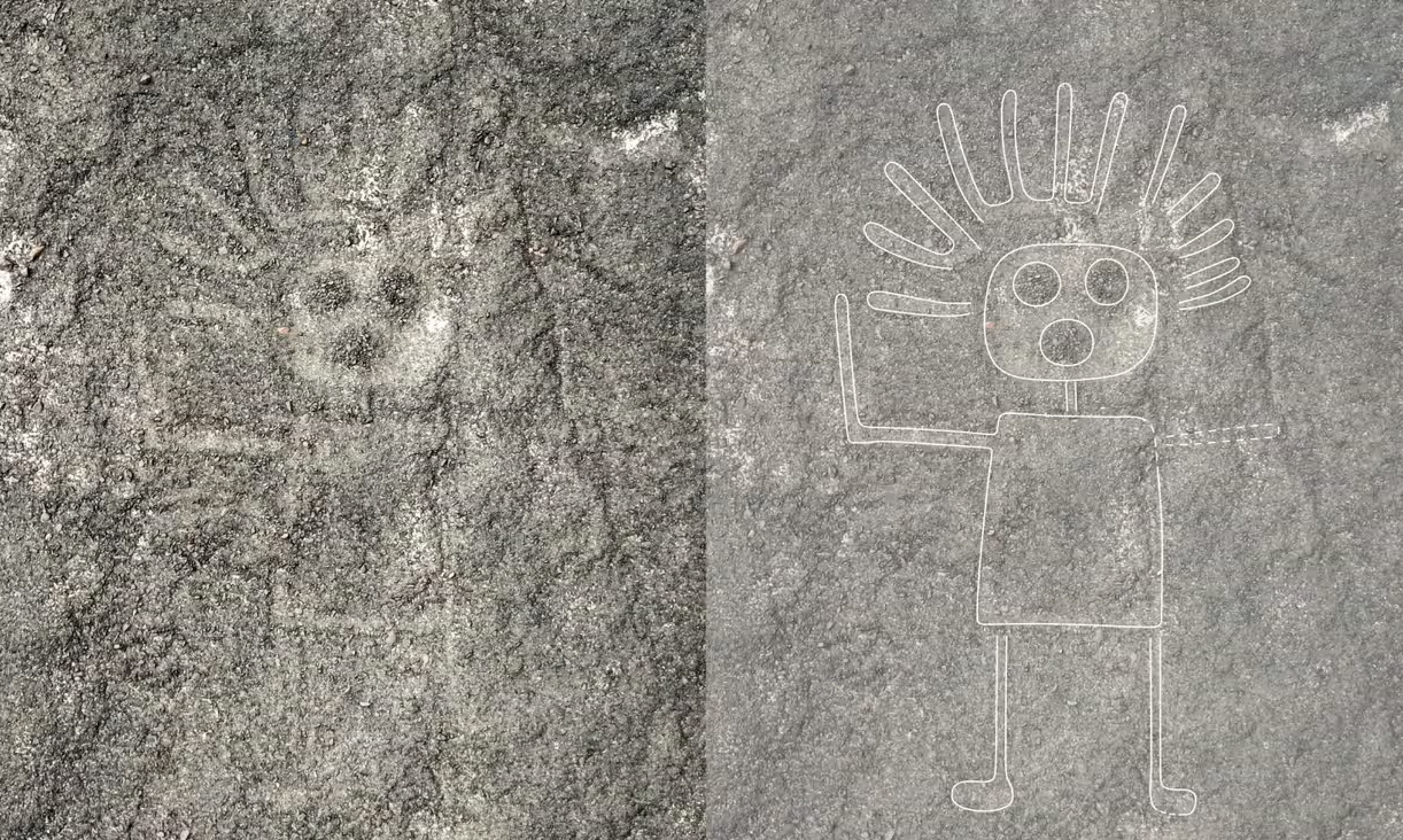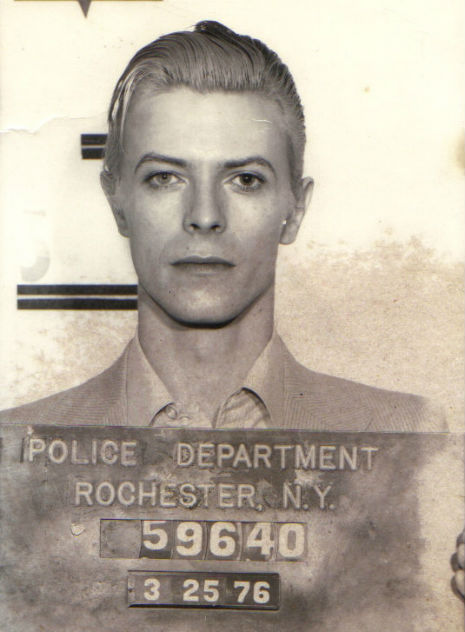One would have imagined Sinéad O’Connor impervious to any reaction from a hostile audience, no matter how vitriolic. But even for a public figure as outspoken and unapologetic as her, it could all get to be a bit much at times. Take the 1992 concert Columbia Records put on for the 30th anniversary of Bob Dylan’s first album. “Available on pay-per-view,” writes the New York Times’ Marc Tracy, it “featured performances by Dylan along with some of the biggest stars of his era, among them Stevie Wonder, George Harrison, Johnny Cash and Eric Clapton,” as well as the late outlaw-country icon Kris Kristofferson.
The young O’Connor also performed, despite being “at the center of a firestorm. Just two weeks earlier, the Irish singer was the musical guest on Saturday Night Live when, at the conclusion of her second and final performance of the evening, she ripped up a picture of Pope John Paul II and exhorted, ‘Fight the real enemy,’ a defiant act of protest against sexual abuse in the Catholic Church.” It fell to Kristofferson to introduce her, whereupon she “took the stage to a cascade of applause and boos, which did not let up as O’Connor stood silently at the microphone with her hands behind her back.”
As you can see in the video at the top of the post, Kristofferson didn’t stay offstage. After a minute he “re-emerged from stage left, put his arm around O’Connor and whispered something in her ear.” The show then went on, albeit not as planned: instead of doing Dylan’s “I Believe in You,” she did Bob Marley’s “War,” the very same song she’d sung on SNL before the notorious Pope-ripping. Rather than leaving his message as a Lost in Translation moment, Kristofferson later revealed the words he’d summoned to encourage her: “ ‘Don’t let the bastards get you down.’ To which, he said, she responded: ‘I’m not down.’ ”
That response was characteristic of O’Connor, as was her 2021 autobiography’s note that she was thinking, “I don’t need a man to rescue me, thanks.” Whatever her feelings in the moment, her friendship with Kristofferson seems to have lasted until her death last year. “Kristofferson appeared with her in the 1997 music video for the song ‘This Is to Mother You,’ ” writes Tracy. “In 2010, the two performed a duet of Kristofferson’s ‘Help Me Make It Through the Night’ on an Irish talk show. It was a year after Kristofferson had released a song about the 1992 incident, ‘Sister Sinead.’ ” Outwardly, the two could hardly have had less in common, but inwardly, they must have recognized each other as kindred spirits — the likes of which we’ll surely not see again.
Related content:
Sinéad O’Connor’s Raw Isolated Vocals for “Nothing Compares 2 U”
A Choir with 1,000 Singers Pays Tribute to Sinéad O’Connor & Performs “Nothing Compares 2 U”
5 Musical Guests Banned From Saturday Night Live: From Elvis Costello to Frank Zappa
Based in Seoul, Colin Marshall writes and broadcasts on cities, language, and culture. His projects include the Substack newsletter Books on Cities and the book The Stateless City: a Walk through 21st-Century Los Angeles. Follow him on Twitter at @colinmarshall or on Facebook.






